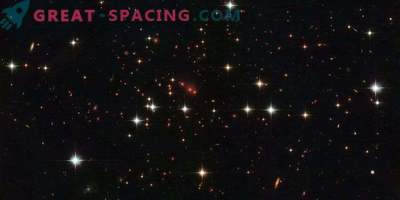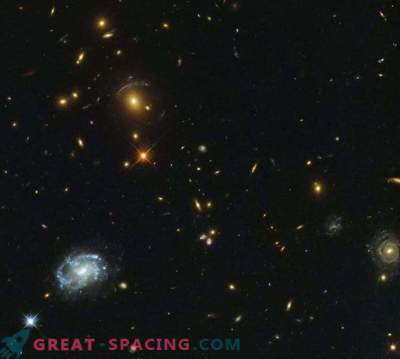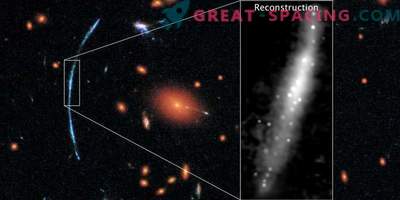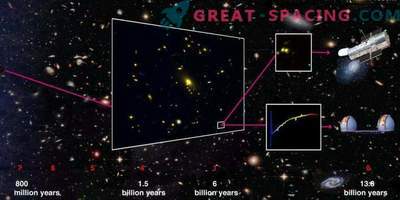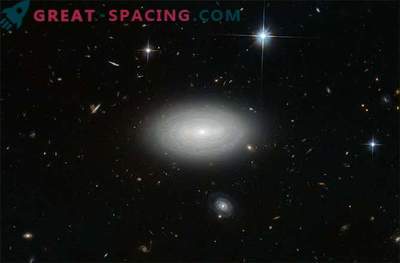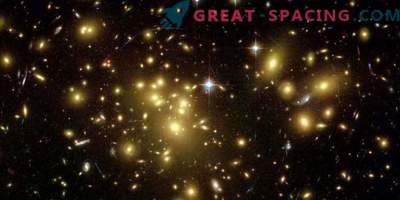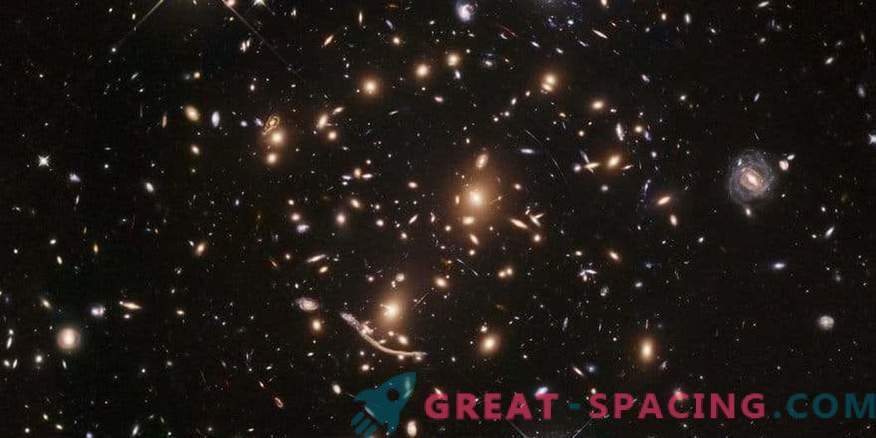
The Galactic Cluster Abell 370 was the first target of a survey of BUFFALO, which is searching for some of the first galaxies in the Universe
The NASA Hubble Space Telescope has launched a new mission to understand the evolution of the earliest galaxies in the universe. The BUFFALO study will look at 6 massive galactic clusters and their surroundings. The first survey demonstrates the galactic cluster Abell 370 and a host of enlarged gravitational-lens galaxies around.
Studying the formation and evolution of the first galaxies is crucial for understanding the cosmos. Hubble managed to find some of the most distant galaxies, but their number is too small, making it difficult to understand whether they represent the universe as a whole.
Massive galactic clusters, like Abell 370, will help you find more similar objects. Huge masses of clusters cause them to function as giant magnifying glasses. The mass of the cluster bends and increases the light from more distant objects located behind. Using this cosmic stunt (gravitational lensing) Hubble manages to explore some of the earliest and most distant galaxies. The most vivid demonstration of gravitational lensing is noticeable just below the center. This is an extended feature called the “Dragon”, represented by a multitude of duplicate images of a spiral galaxy located outside the cluster.
The picture of Abell 370 and its surroundings was made as part of a new study BUFFALO. Hubble spent 101 orbits (160 hours) to study 6 galactic deep-field clusters. The main task of BUFFALO is to understand how and when the most massive and bright galaxies appeared in space, as well as how this is related to the accumulation of dark matter. This will determine the rate of creation of galaxies in the first 800 million years after the Big Bang. In the future, these objects will be monitored by the future space telescope, James Webb. Expanding the field of view also improves the three-dimensional mapping of the distribution of ordinary and dark matter in each galactic cluster.



